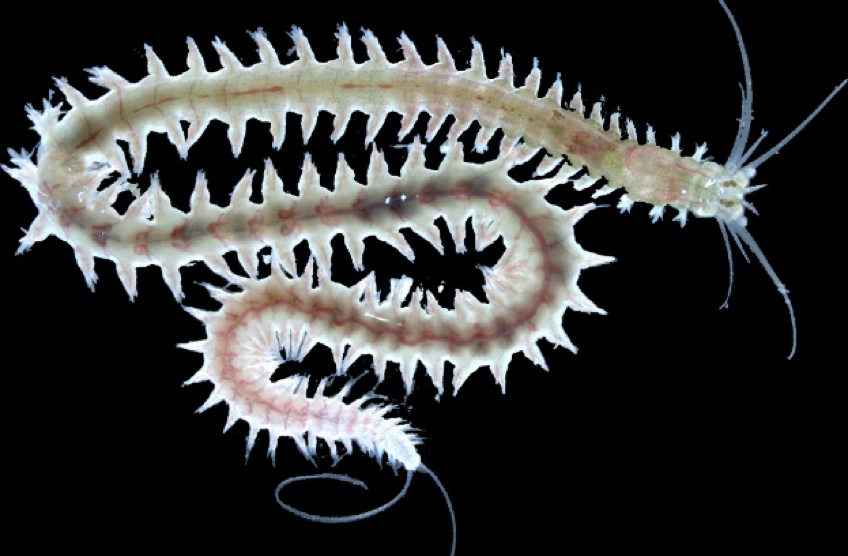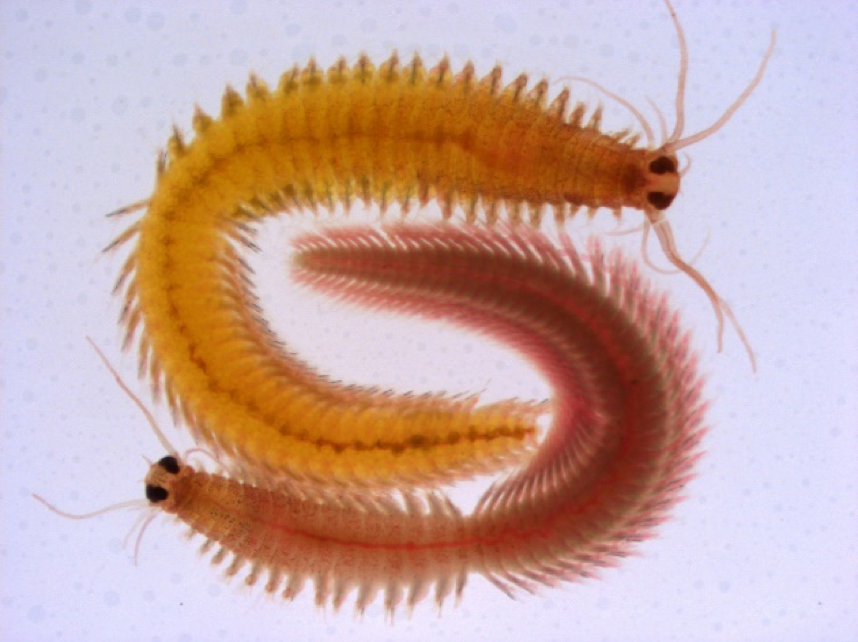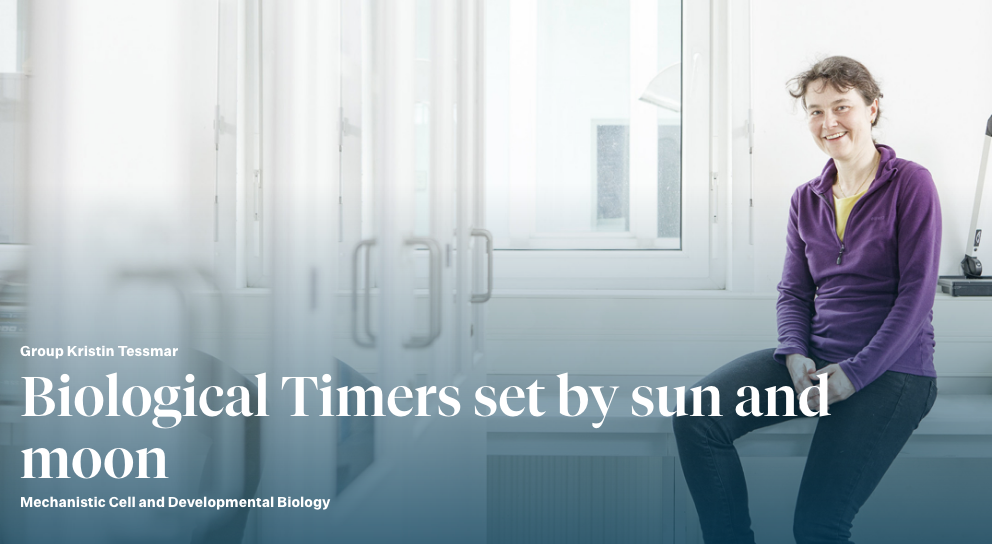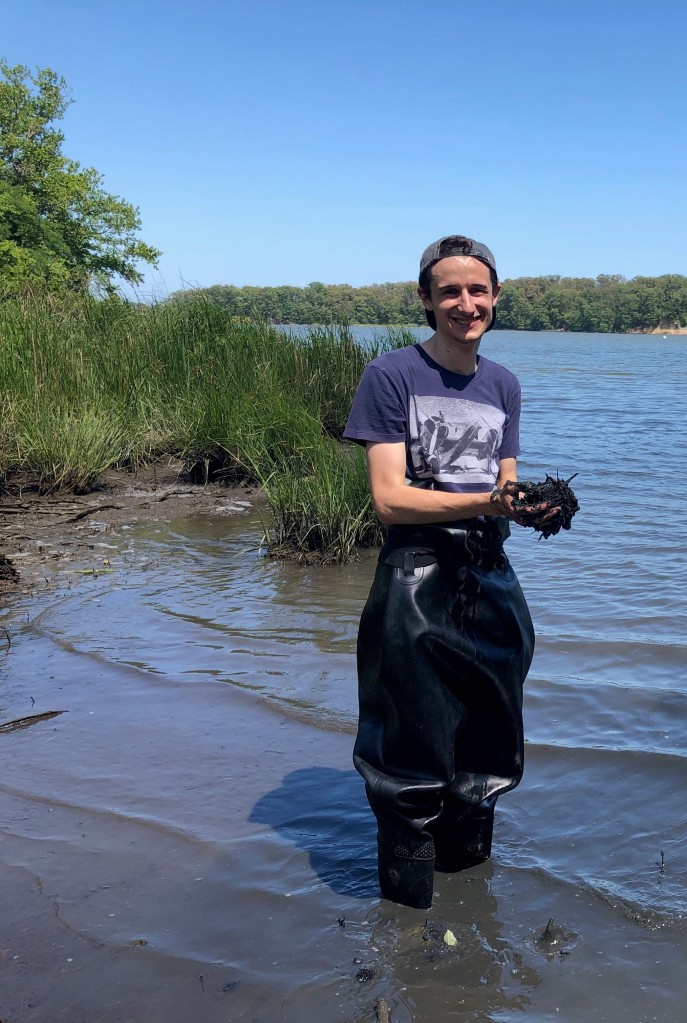by Joseph Mack, PhD Candidate, Department of Biological Sciences, University of Maryland, College Park
When I wake up in the morning, I make a conscious effort to raise my blinds. Letting natural sunlight pour into my apartment has become a helpful ritual to increase my energy and motivation in the later stages of graduate school. When I do this, I am tapping into a primordial endogenous rhythm that shared by most life on Earth.
Many of us know that solar input is critical to maintain the molecular feedback loops that trigger periodic shifts between rest and activity in animals. At this year’s SICB conference, I was surprised to learn that many animals also rely on moonlight to maintain periodic behaviors. For example, corals and crabs rely on information from both the sun and the moon to precisely coordinate migrations and spawning events.

While much is known about the molecular basis of sun-modulated behaviors, much less is known about the molecular mechanisms that control moon-modulated behaviors. In her talk at the neuroethology and gene editing symposium, Dr. Kristin Tessmar-Raible presented research describing molecular mechanisms that explain moon-controlled behaviors in the marine annelid Platynereis dumerilii. Recently published with colleagues in the journal PNAS, her research reminded me of the important lessons that we can learn from fundamental research on invertebrates and challenges us to reflect on our own neglected relationship with moonlight.
As an understudied invertebrate phylum, annelid worms are often overlooked as models for molecular behavioral studies. However, the small bristle worm Platynereis dumerilii has risen above its segmented relatives to become a prominent model for neuroscience, development, and behavior. Like all great model organisms, P. dumerilii has a wealth of molecular tools available and can be raised in laboratory cultures. However, part of what makes P. dumerilii such an exceptional model is its relationship with the moon.


In an elegant recapitulation of August Krogh’s principle that there is an ideal model species for every biological question, P. dumerilii is the only organism with prominent moon-controlled behaviors that can be investigated at molecular and functional levels in the lab.
In the wild, at times when the night is darkest, P. dumerilii adults are compelled toward a dramatic transformation. In a process known as epitoky, these worms lose their guts, develop bulbous eyes, and fill their coelom with gametes. Males and females then swim up of from the bottom before bursting in the water column to release sperm and eggs in an explosive and fatal ritual. But how do P. dumerilii worms know to precisely coordinate this swarming event as lunar input changes throughout the month?

Using lab grown worms, artificial moonlight, knockdown mutants, and immunohistochemistry, Dr. Tessmar-Raible and her colleagues demonstrated that the synchronized swarming observed in P. dumerilii originates from a plastic molecular circuit that is modulated by moonlight. Most annelids and invertebrates are inaccessible to genetic manipulation and visualization techniques, making functional research in P. dumerilii particularly valuable to invertebrate biology.
As their research progresses, Dr. Tessmar-Raible and her colleagues continue to apply new techniques to P. dumerilii. In an upcoming issue of the ICB journal, she will be one of the senior authors on a paper describing a combinatorial technique to simultaneously visualize gene expression, protein localization, and cell proliferation in P. dumerilii. This will be helpful for future lunar research, where Dr. Tessmar-Raible plans to tackle the mechanisms that enable the wormsto sustain an endogenous monthly rhythm in addition to their daily and nightly rhythms.
Although it may seem unlikely that chronobiological research in a small annelid worm like P. dumerilii would have human applications, Dr. Tessmar-Raible and her colleagues see profound lessons from their research. The moon has long been thought to hold a mystical influence over human mood, health, and behavior. Lycanthropy has yet to be scientifically verified, but recent peer-reviewed studies have linked lunar cycles to periodic fluctuations in sleep, menstruation, and bipolar mood disorder.
Platynereis dumerilii relies on the moon to reproduce and persist as a species. Perhaps we also need moonlight to maintain healthy, restful, and balanced lives. As the night sky becomes saturated with artificial light and our nights are spent indoors with screens, we risk becoming blind to the potential benefits of natural moonlight. The study of moon-controlled behavior in a diverse array of organisms, including evolutionarily distant invertebrate models, is thus invaluable, ultimately reminding us of the lunar luminosity that guided our ancestors through the rhythm of life. Is anyone up for some moon-bathing?
A video demonstrating swarming behavior in P. dumerilii. From Zurl et al. 2022.
If you would like to learn more about Platynereis dumerilii, moon-controlled biology, and/or Dr. Tessmar-Raible’s research, please refer to the following papers:
Casiraghi, L. et al. Moonstruck sleep: Synchronization of human sleep with the moon cycle under field conditions. Sci. Adv. 7, eabe0465 (2021).
Ćorić, A., Stockinger, A.W., Schaffer, P., Rokvić, D., Tessmar-Raible, K., Raible, F., 2023. A fast and versatile method for simultaneous HCR, immunohistochemistry and EdU labeling (SHInE). Integrative and Comparative Biology icad007. https://doi.org/10.1093/icb/icad007 Häfker, N. S. et al. Rhythms and Clocks in Marine Organisms. Annual Review of Marine Science 15, 509–538 (2023).
Özpolat, B. D. et al. The Nereid on the rise: Platynereis as a model system. EvoDevo 12, 10 (2021).
Poehn, B. et al. A Cryptochrome adopts distinct moon- and sunlight states and functions as sun- versus moonlight interpreter in monthly oscillator entrainment. Nat Commun 13, 5220 (2022).
Zurl, M. et al. Two light sensors decode moonlight versus sunlight to adjust a plastic circadian/circalunidian clock to moon phase. Proceedings of the National Academy of Sciences 119, e2115725119 (2022).
All images were provided by Dr. Kristin Tessmar-Raible.
connect with Kristin via

Twitter- @MaxPerutzLabs
https://www.maxperutzlabs.ac.at/research/research-groups/tessmar
Blog by Joseph Mack, PhD Candidate, Biological Sciences, University of Maryland

